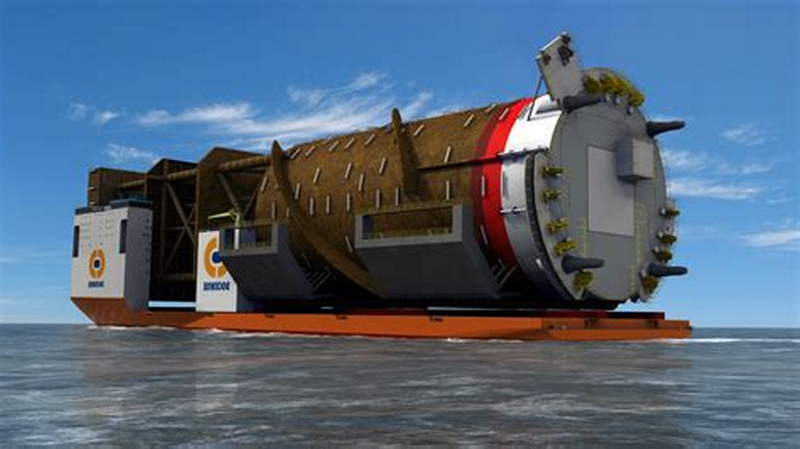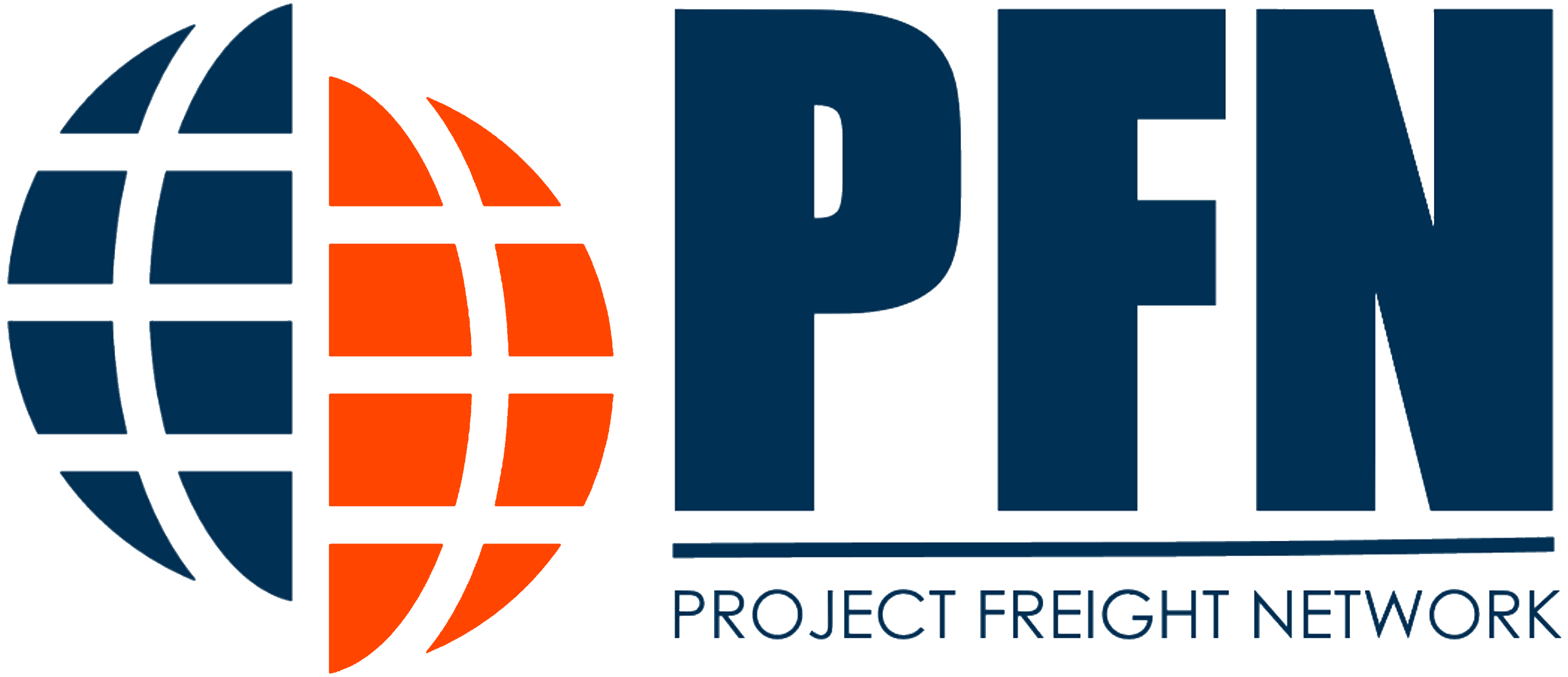
Welcome to our comprehensive guide on heavy lift and project cargo transportation! At Project Freight Network (PFN), we are dedicated to providing our members and readers with valuable insights and up-to-date information in the logistics industry. In this article, we will discuss the ‘new’ guidance that has emerged in the past few years regarding heavy lift and project cargo, focusing on key considerations, best practices, and strategies to ensure successful transportation. As industry experts, we aim to provide you with the most valuable information to help you navigate this specialized field.
Understanding Heavy Lift and Project Cargo
Heavy lift and project cargo refer to the transportation of large, oversized, and heavy items or equipment that require specialized handling, planning, and execution. This type of cargo can include components for infrastructure projects, machinery for industrial plants, and even entire modules for construction sites. Due to their size, weight, and unique requirements, transporting heavy lift and project cargo demands meticulous planning and expertise.
Key Challenges in Heavy Lift and Project Cargo Transportation
Transporting heavy lift and project cargo presents various challenges that must be carefully addressed to ensure a smooth and successful operation. Some of the key challenges include:
- Logistical Planning: The intricate nature of heavy lift and project cargo necessitates detailed logistical planning to ensure the safe and efficient movement of goods. Factors such as route selection, infrastructure compatibility, and permit requirements must be thoroughly assessed and incorporated into the transportation plan.
- Specialized Equipment: Heavy lift and project cargo often require specialized equipment, such as cranes, forklifts, and rigging tools, to facilitate loading, unloading, and handling operations. The availability and suitability of these equipment must be evaluated in advance to avoid delays or complications during transportation.
- Safety and Risk Management: The safety of personnel, cargo, and equipment is paramount in heavy lift and project cargo transportation. Rigorous risk assessments, adherence to safety protocols, and proper securing of cargo are essential to mitigate potential hazards and ensure a secure transportation process.
- Regulatory Compliance: Transporting heavy lift and project cargo involves compliance with a multitude of regulations and permits. These can include weight restrictions, road transport regulations, and customs requirements. Understanding and complying with these regulations is crucial to avoid legal complications and delays.
Best Practices for Successful Heavy Lift and Project Cargo Transportation
To ensure the successful transportation of heavy lift and project cargo, it is vital to follow industry best practices and deploy effective strategies. Here are some key considerations:
1. Collaborative Planning and Coordination
Collaboration among all stakeholders, including project managers, shippers, carriers, and logistics providers, is essential for effective planning and coordination. Regular communication, clear roles and responsibilities, and a well-defined timeline are crucial elements to ensure a streamlined operation.
2. Engineering and Feasibility Studies
Conducting detailed engineering and feasibility studies before initiating the transportation process is critical. These studies assess factors such as load capacity, stability, structural integrity, and route feasibility, enabling informed decision-making and risk mitigation.
3. Proper Equipment Selection
Selecting the appropriate equipment and rigging tools for heavy lift operations is vital to ensure safe and efficient cargo handling. Rigorous evaluation of the cargo’s weight, dimensions, and lifting points, coupled with the expertise of qualified professionals, helps determine the optimal equipment for the job.
4. Route Planning and Optimization
Thorough route planning is essential to identify the most suitable path for transporting heavy lift and project cargo. Factors such as road conditions, bridge capacities, and height restrictions need to be considered to minimize potential obstacles and delays. Utilizing advanced route optimization tools and technologies can help streamline the process.
5. Risk Assessment and Contingency Planning
Conducting comprehensive risk assessments and developing contingency plans are integral to managing unforeseen challenges. Identifying potential risks, such as adverse weather conditions or unexpected route closures, enables proactive measures to be implemented, ensuring minimal disruption to the transportation process.
The Importance of Professional Expertise
Given the complexity and specialized nature of heavy lift and project cargo transportation, engaging the services of experienced professionals is crucial. Working with a reputable logistics provider, such as the members of PFN, offers several advantages, including:
- Access to a network of qualified carriers and specialized equipment providers.
- In-depth knowledge of regulatory requirements and permit procedures.
- Expertise in logistical planning, risk management, and project coordination.
- Tailored solutions based on individual project requirements.
- Timely and efficient execution of heavy lift and project cargo transportation.
To Conclude,
Transporting heavy lift and project cargo requires meticulous planning, attention to detail, and a deep understanding of the logistics involved. By following industry best practices, collaborating with experienced professionals, and adopting advanced technologies, you can ensure the successful transportation of these challenging cargoes. At Project Freight Network (PFN), we remain committed to providing our members and readers with the latest guidance, insights, and support in the world of heavy lift and project cargo transportation. Contact us today to explore how we can assist you in your upcoming projects!




